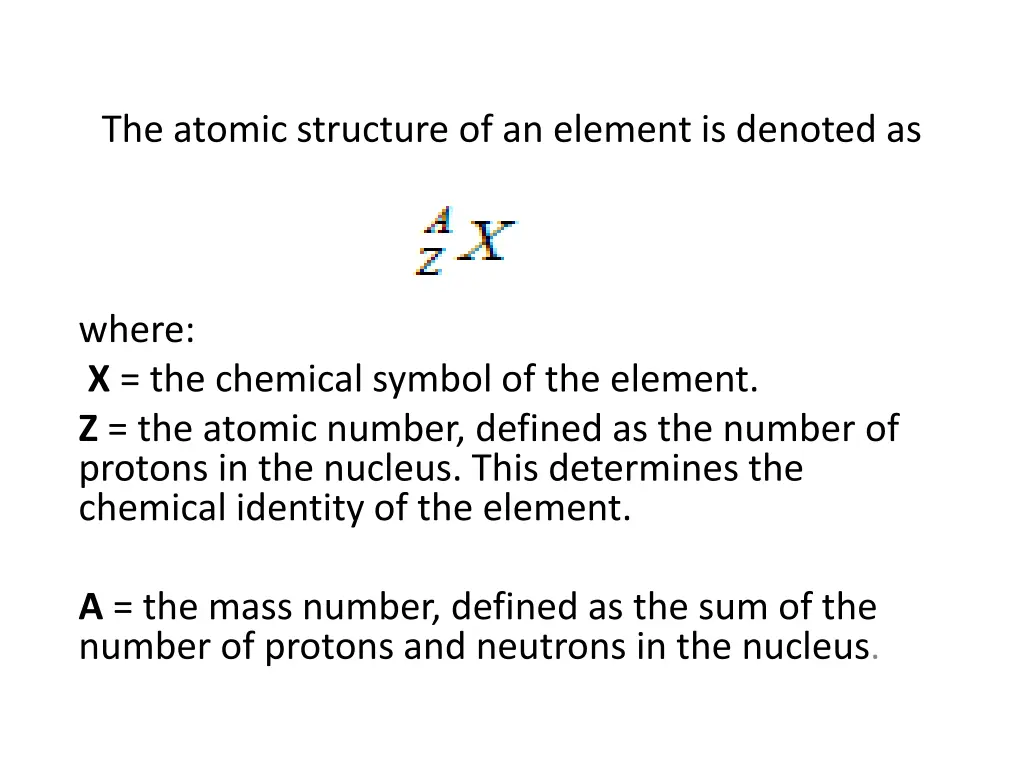
Understanding Isotopes and Radioactivity in Atomic Structure
Learn about isotopes, nuclides, and radioactivity in the atomic structure of elements. Discover how the number of protons, neutrons, and electrons define the identity and stability of elements. Uncover the significance of isotopes, their different neutron counts, and the concept of radioactivity in certain nuclides.
Download Presentation

Please find below an Image/Link to download the presentation.
The content on the website is provided AS IS for your information and personal use only. It may not be sold, licensed, or shared on other websites without obtaining consent from the author. If you encounter any issues during the download, it is possible that the publisher has removed the file from their server.
You are allowed to download the files provided on this website for personal or commercial use, subject to the condition that they are used lawfully. All files are the property of their respective owners.
The content on the website is provided AS IS for your information and personal use only. It may not be sold, licensed, or shared on other websites without obtaining consent from the author.
E N D
Presentation Transcript
The atomic structure of an element is denoted as where: X = the chemical symbol of the element. Z = the atomic number, defined as the number of protons in the nucleus. This determines the chemical identity of the element. A = the mass number, defined as the sum of the number of protons and neutrons in the nucleus.
Thus, A minus Z gives the number of neutrons. An element may have different numbers of neutrons and still be chemically the same. Each individual arrangement of protons and neutrons is referred to as a nuclide. Nuclides which have the same number of protons are called isotopes.
Shown below are examples of isotopes of hydrogen:
Many nuclides (but not all) are unstable or "radioactive". In the above example of nuclides, only tritium is radioactive Radioactivity is defined as the spontaneous disintegration of unstable nuclei, with the resulting emission of radiation that results in the formation of new nuclei.






















